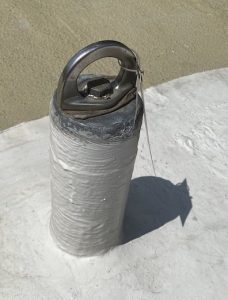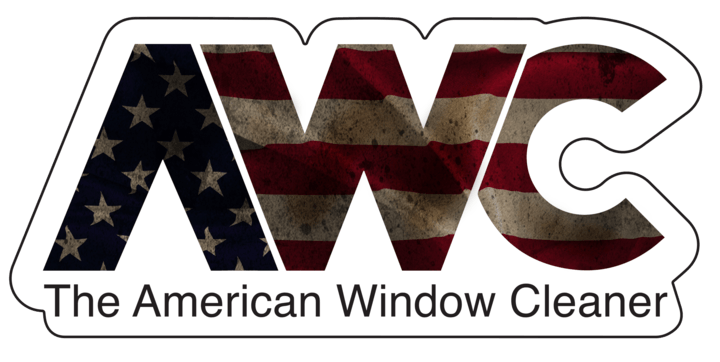 What’s my attachment point?
What’s my attachment point?
Much thought needs to be given to anchors and attachment points when fall protection is required.
Those using Rope Descent Systems are required to have anchors identified and certified as an acceptable anchor point. These anchors are supposed to be capable of supporting 5000lbs.
1910.27(b)(1)(i)
Before any rope descent system is used, the building owner must inform the employer, in writing that the building owner has identified, tested, certified, and maintained each anchorage so it is capable of supporting at least 5,000 pounds (2,268 kg), in any direction, for each employee attached. The information must be based on an annual inspection by a qualified person and certification of each anchorage by a qualified person, as necessary, and at least every 10 years.
1910.27(b)(1)(ii)
The employer must ensure that no employee uses any anchorage before the employer has obtained written information from the building owner that each anchorage meets the requirements of paragraph (b)(1)(i) of this section. The employer must keep the information for the duration of the job.
Even those using what Is called Rope Access are required to follow OSHA guidelines as set forth by OSHA 1910.140 which points back to a 5000lb anchor.
1910.140(c)(13)(i)
Capable of supporting at least 5,000 pounds (22.2 kN) for each employee attached; or
It does mention or
1910.140(c)(13)(ii)
Designed, installed, and used, under the supervision of qualified person, as part of a complete personal fall protection system that maintains a safety factor of at least two.
However, this furthers the fact that anchors must be given much thought in pre- work plans and Job Hazard Analysis. The fall protection system is only as good as the anchor it’s attached to.
Also, the industry utilizes mobile anchorages of various kinds. When evaluating these anchor points a person needs to consider not only the anchor that the manufacture has stated will support 5000lbs but also consideration must be given to what the anchor attaches to. For instance, a parapet clamp might be utilized and the clamp itself certainly meets the guidelines set forth. However, the wall that the clamp will rest on as to be given credence. Many parapets on commercial buildings are not structural they are an EFIS type construction. So, while the clamp itself is fine it’s attachment point may not hold the arresting force if needed. The same could be said of many other types of anchors.
Installation also must be considered. When load testing is performed on an anchorage system it is the installation that usually fails not the anchor itself. This is an important point as many fall protection systems are approved by a competent person, but it is very difficult to ensure a proper anchor without load testing to verify the installation of the anchor. While manufacture specs are hopefully followed the human factor is real and things don’t always get installed as they should. Making guess work of the process is dangerous and shows a disregard for life.
Anchorages for fall protection should be identified in the pre work planning and established in written work plans son that employees are not guessing what to tie to. Further the building owner in many cases are responsible for the certifying of said anchors and should be able to provide the competent person adequate documentation about installation and load testing. So far as employees the only thing they should be attaching to is what is documented.
“Stay Safe Out There”
By Michael Draper, Expert Safety Services


Im Eli Avila with superior service solution of chicago and would like to take training in Installing anchors
I would greatly apreciate it if you can guide me in the right direction
Cell 708-417-3025